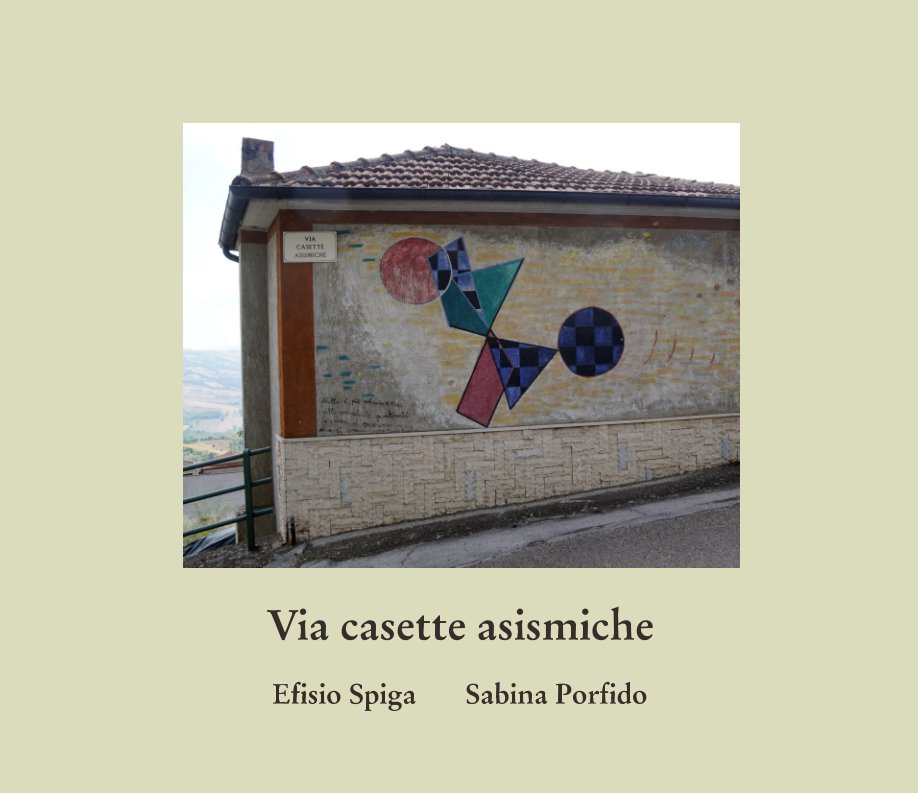Via casette asismiche
de Efisio Spiga, Sabina Porfido
Este es el precio que tus clientes ven. Editar lista de precios
Acerca del libro
We wanted to testify, through an iconographic journey, what remains of the asismic houses after 90 years since the 1930 earthquake in the Irpinia. A testimony of what was and perhaps will remain for a short time in some small centers of Scampitella, Aquilonia, Bisaccia, Montecalvo Irpino, Villanova del Battista and Carife. These photos are not only a historical memory for future generations, but also a reminder of the approach adopted in post-earthquake reconstruction, of their impact on the social, economic and urban development of these small inland villages over the years. Introduction by F. T. Gizzi : Photography makes a past event present (Roland Barthes) The significance of “what’s left”: between disjunction and reaction The analysis of the Italian seismic history, and in particular that of the South, highlights how earthquakes have affected social, economic, demographic and urban planning events, thus playing the role of “modifying cause”, agent of metamorphosis, as claimed by the economist and expert of the problems of Southern Italy, Francesco Saverio Nitti (Melfi 1868 - Rome 1953). The Irpinia earthquake of July 23, 1930, reported as the «Terremoto del Vulture» (Vulture earthquake) in historical records, certainly does not escape this rule. The seismic event, fifth in magnitude (Mw=6.6, Io=X MCS) among the earthquakes that occurred in Italy since the beginning of the twentieth century, hit an area straddling Campania, Basilicata, and Puglia (Southern Italy), with particular regard to the current provinces of Avellino and Potenza, between Upper Irpinia and the Vulture area.
Sitio web del autor
Características y detalles
- Categoría principal: Arquitectura
- Categorías adicionales Fotografía artística, Historia
-
Características: Apaisado grande, 33×28 cm
N.º de páginas: 142 -
ISBN
- Tapa dura impresa: 9781714638734
- Fecha de publicación: abr. 04, 2020
- Idioma English
- Palabras clave earthquake; 1930, buildings, Irpinia;
Ver más


